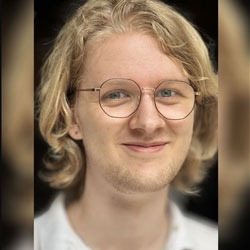The vast majority of lighting design research is focused on architectural and human-centric lighting. A knowledge gap exists between lighting designers, manufacturers and distributors and horticultural lighting practices. As interest in controlled-environment agriculture grows, the need increases for lighting professionals to create effective horticultural lighting systems in environments where the needs of plants, rather than people, dictate the lighting strategy. This paper provides a broad overview of horticultural lighting, including key metrics, luminaire choices, and the current state of the field. We also highlight key differences between horticultural and human-centric lighting, with the goal of orienting lighting professionals to the unique requirements of plant growth. We discuss the differences in how light is quantified for plants, using spectral quantum flux as opposed to spectral power, as well as the active spectral ranges for human visible light and plants (PAR and PBAR). Topics also include the effects of different wavelengths, light quantity, timing, and duration of lighting, as well as the spatial distribution of light. By outlining these critical distinctions, this paper aims to bridge the knowledge gap for designers, manufacturers and distributors in adapting their expertise to meet horticultural demands. Note that the article is not intended to provide a comprehensive review, but rather an overview and introduction to the key concerns in horticultural lighting design.
Learning Objectives
By the end of this session, participants will be able to:
- Identify the various important lighting metrics and how they differ from human needs.
- Be aware of the difference between spectral quantum flux and spectral power in how the former is the required manner to gauge lighting for horticulture.
- Identify some critical distinctions such as the effects of different wavelengths, light quantity, timing, and duration of lighting, as well as the spatial distribution of light.
- Understand there is a knowledge gap for adapting design expertise to meet horticultural demands and being able to articulate the those differences.

